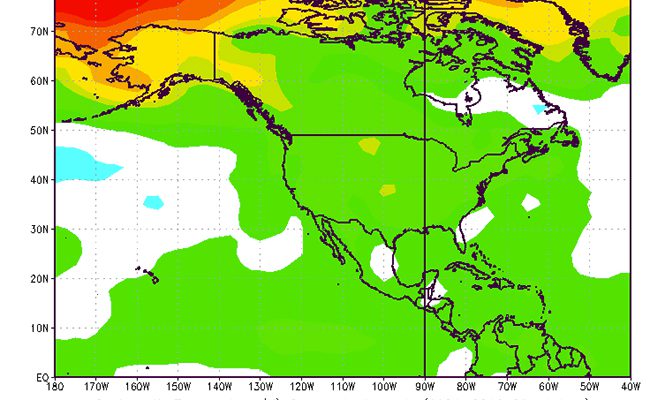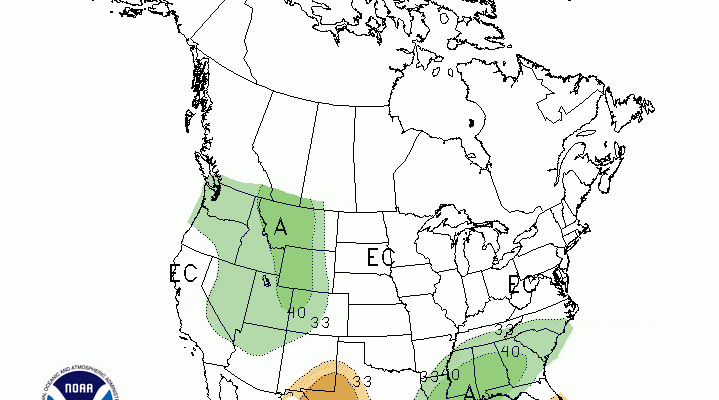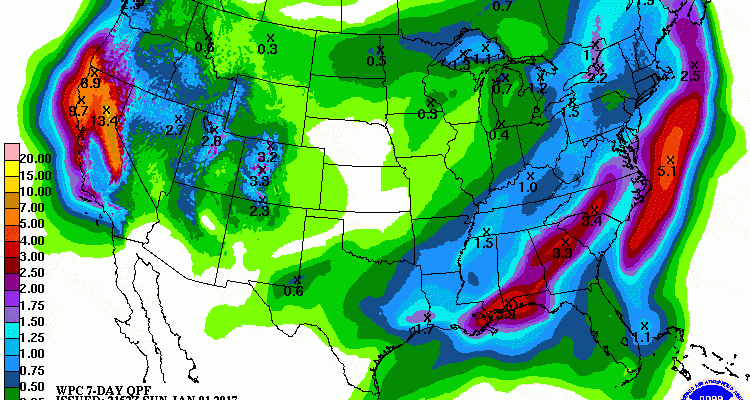-

Here’s a website which lists sources of information on weather and climate in the National Weather Service’s Southern Region. It includes a number of decision support tools, data sets, and other information for areas from New Mexico through Georgia and Florida. You can see it at https://www.ncdc.noaa.gov/rcsd/southern. If you are in the Carolinas, you can replace…
-

Vegetable and Specialty Crop News posted an interesting story this week about the benefit of growing spinach and other crops in high tunnels in Florida and other areas of the Southeast. The advantage to using high tunnels with hydroponic systems inside instead of open fields is that they are able to reduce the negative impacts…
-

The Southeast Regional Climate Center is featured in this story from The Weather Channel on 2016 climate statistics for cities around the US. A number of Southeast cities are included in the list for warmest and driest cities, and Naples FL is listed on the list of coolest (lowest temperature anomaly, not raw temperature) cities.…
-

Do you like to watch time lapse photography? Here is a really great resource showing land use changes across the world. Google and Time magazine have teamed up together to show a three-decade time lapse of the entire Earth. You can zoom to areas of interest or check out the editors’ choices of some of…
-

The latest outlooks for January 2017 were published on December 31, 2016. They show that warmer and wetter than normal conditions have a somewhat increased chance of occurring in January, based on recent conditions and short-term projections. A lot of the wetness is coming early in the month, as we are seeing in the weather…
Posted in: Climate outlooks -

This week’s New Yorker magazine has a fascinating story about farming in urban areas without soil or natural light. The Newark farm in the story, AeroFarms, built a 12-layer crop production building on the grounds of an old steel warehouse and produces a variety of greens that they sell in New York City and elsewhere…
-

The latest 7-day QPF map shows quite a bit of rain across the Southeast with the exception of parts of Florida. Most of it will fall in the next two days. This should help to reduce the drought conditions in the worst-hit areas, although it could expand in the areas that don’t get rain this…